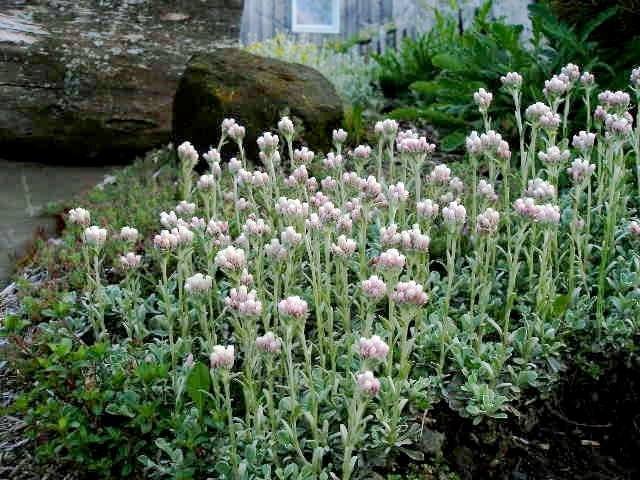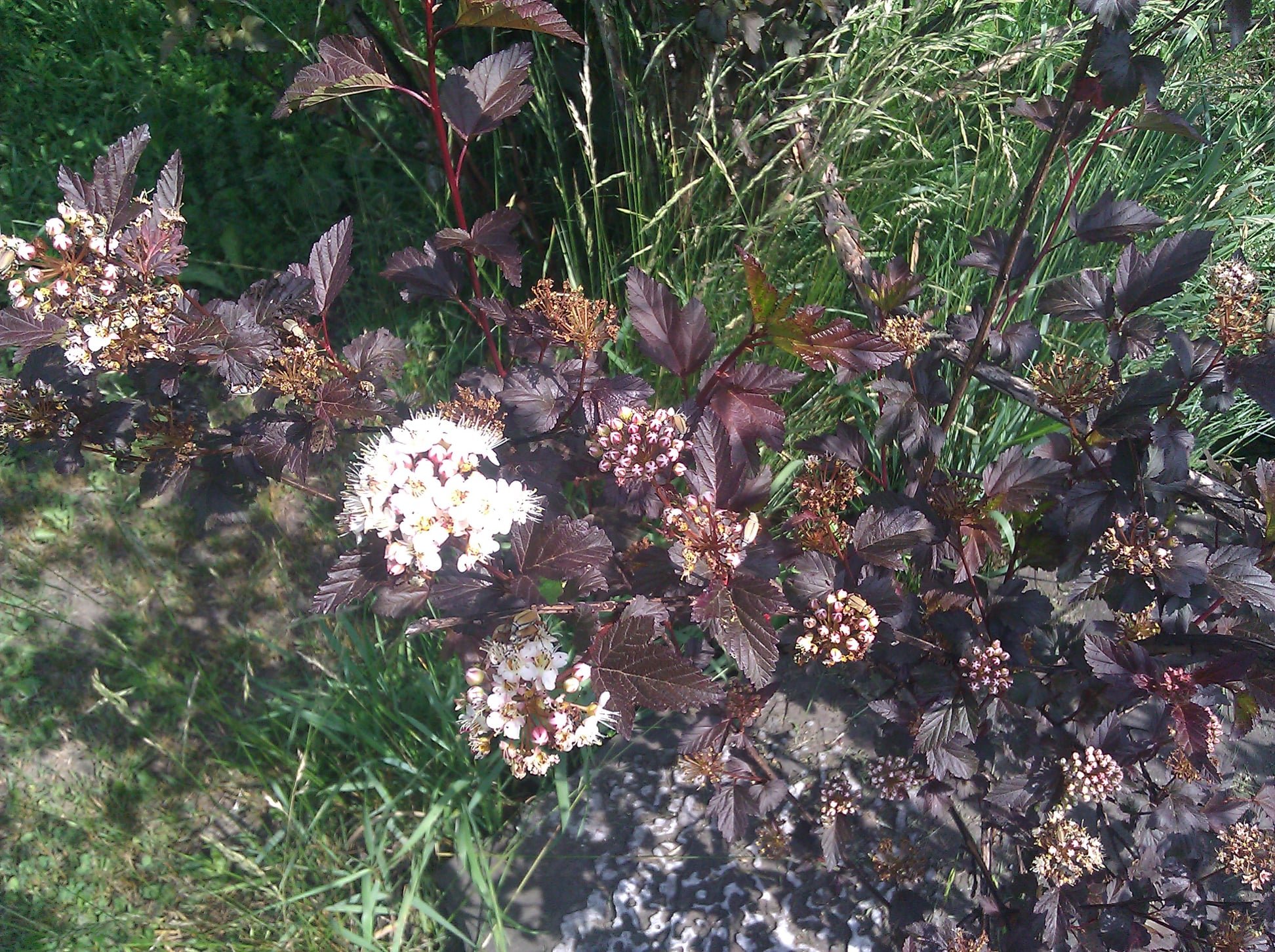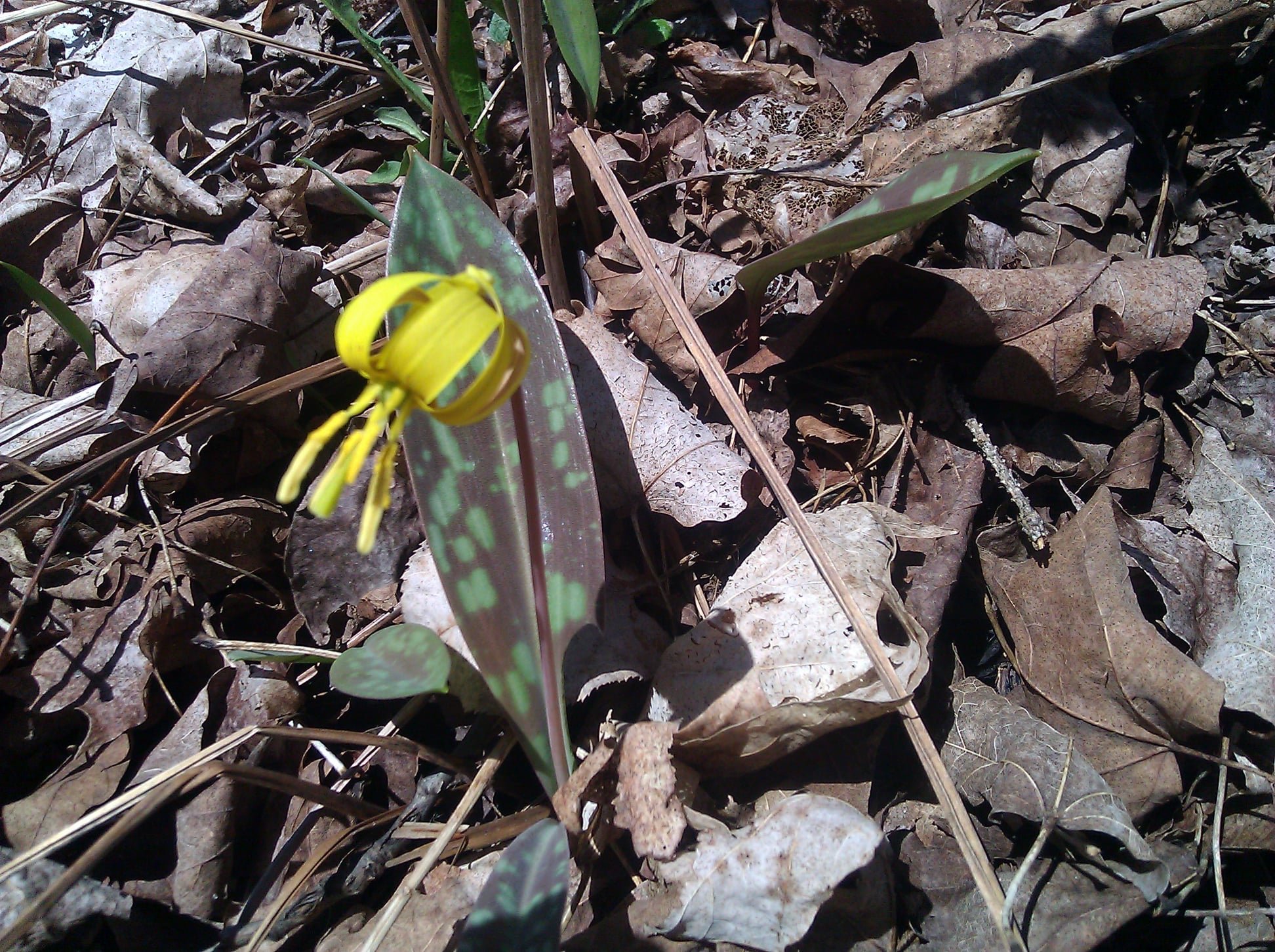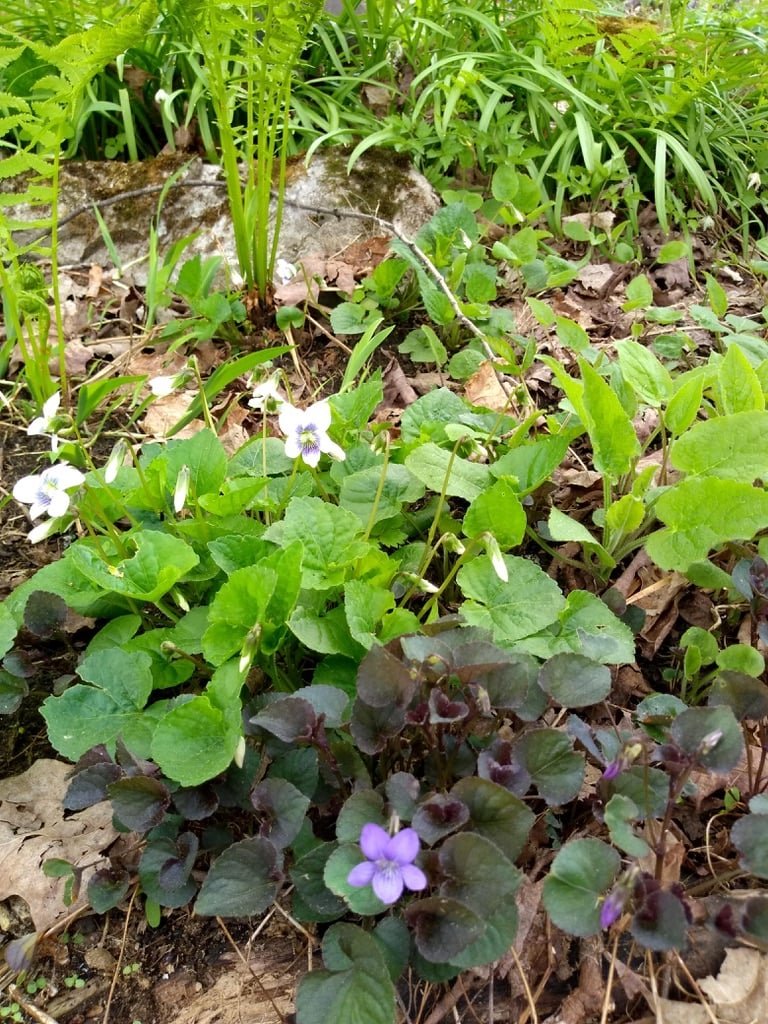The Importance of Native Plants & Pollinators
It’s been a long winter, but it made time for me to take an in-depth look into our regional native plants & how important they are for holding together what we think of as our “Vermont landscape”. The interdependence between them and our very important native pollinators is vital. Without this interaction and co-dependency, our traditional native landscapes would disappear, as would many of our beloved bird species, who depend on native fruit & insects.
Did you know that the majority of the food birds feed their babies are caterpillars & insects? According to revered naturalist and author, Doug Tallamy, one oak tree can host over 100 varieties of moth caterpillars, which are important to bluebirds, warblers, and most others of our summer and year-round feathered visitors, to nourish their young. So when you
see tree leaves being munched on, you can realize that baby birds’ food is doing the damage as a part of the natural balance. As I like to say, “Everybody has to eat somebody!”
If you are interested in learning much more about native plants, I recommend the FaceBook group, “Natives of the Northeast”. Folks post pictures for identification, ask questions and are often given very knowledgeable answers &and important insight.
The Benefits of “No Till / No Dig” Gardening
I imagine that many Vermont gardeners are familiar with our state’s “favorite gardener”, Charlie Nardozzi & his weekend radio & TV spot, “In the Garden”. Recently, Charlie wrote a book “No Dig Gardening”, which explains the old, but revisited, method of never having to dig or till again. This will make so much less work, suppress weeds, create beautifully fluffy soil, which can be planted and harvested without tools. And as an important aid to our atmospheric warming, it keeps sequestered carbon in the ground. Every time you “work” your soil you are releasing carbon into the atmosphere.
To achieve this wonderful and easy, new way to garden/farm, here are some things to understand;
You can start right on top of your vegetable garden bed, (flat or raised beds), by spreading a few inches of compost, then cover with layers of chopped leaves, hay, straw, low growing cover crops, even cardboard. The idea is to create a place that will help keep moisture available to plants’ roots & to beneficial organisms which inhabit the soil. Your soil should always remain covered by materials that can break down over time, adding to the soil's fertility. This will be an annual activity, which very soon will begin to give you amazing benefits.
You can just poke seeds in with your fingers, without disturbing the soil and harvest carrots, potatoes and other root crops simply by pulling. Potatoes can be planted below the mulch & the potatoes will be easily picked from under the mulch. To harvest any plants which grow above ground, ie. tomatoes, lettuce, peas, squash, etc., all you have to do is, as Charlie says, just “Chop and Drop”. Any healthy plants & debris can just be cut & left on the surface of the garden to compost, while the roots will stabilize & hold the soil in place as they decompose. Even plant material from diseased tomato/potato plants, which completely decompose, will allow the wilt diseases to be destroyed, over the winter, though spores can blow in again and affect the plants, the following season.
I enjoyed Charlie’s online talk on the subject & you can too, by going to www.gardeningwithcharlie.com
I’m always happy to answer questions on my page, “Passion For Plants, etc.” or email newleaf@vtlink.net
Also watch for announcements on talks & demonstrations on these topics, as well as others.
Wishing You a Happy Growing Season




